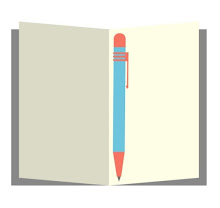There are two articles in the English Language. The two articles are the indefinite a and an, and the definite the. An article can be placed before a noun.
The indefinite article a and an can only be used before a noun in the singular number.
For example:
- a clock, a park, a city, an apple and other nouns in the singular number.
One thing to add: If the noun is uncountable, you cannot follow this general rule for the indefinite article. Let me give one example:
Bread is an uncountable noun, so you cannot use this general rule and write or say 'a bread', but you would have to add loaf of or slice of after the indefinite article, and before the word 'bread' to be correct.
For example:
The indefinite article cannot be used before a noun in the plural number.
- I bought a loaf of bread.
- I ate a slice of bread.
The indefinite article cannot be used before a noun in the plural number.
For example:
- clocks, parks, cities, apples and other nouns in the plural number.
To put an indefinite article before clocks, parks, cities, apples and other plural nouns would be a grammatical error.
The definite article the can be used before a noun in either the singular or plural number.
The definite article the can be used before a noun in either the singular or plural number.
For example:
There can be exceptions when an article is not used. Let us compare!
- the clock, the clocks; the park, the parks; the city, the cities; the apple, the apples.
There can be exceptions when an article is not used. Let us compare!
- A car has wheels. (any car)
- The car has wheels. (a particular car known or described)
- The cars have wheels. (some particular cars known or described)
- All cars have wheels. (taken in its widest sense - no article used)
- There are some cars with 5 doors. (indefinite sense 'some cars' - no article used)





